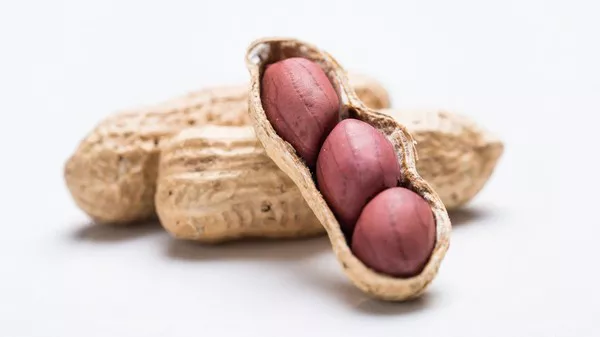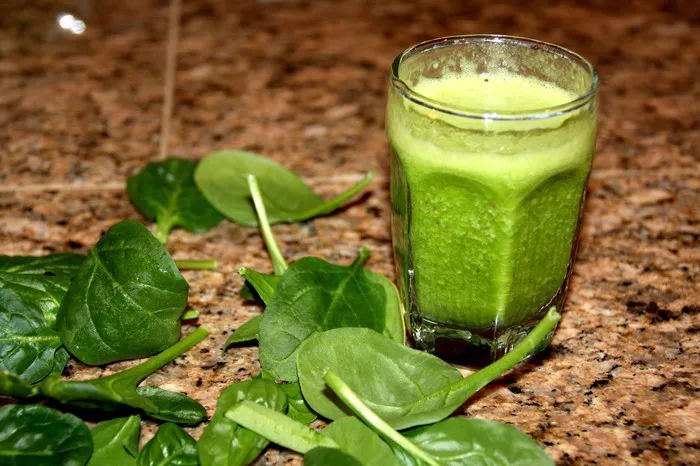Peanuts and peanut butter – two beloved staples in many households, yet for some individuals, the experience with these seemingly similar foods can be drastically different. While some may find delight in indulging in a spoonful of creamy peanut butter, others might face adverse reactions when consuming whole peanuts. This curious phenomenon has intrigued both medical professionals and individuals alike, leading to questions surrounding why some can tolerate peanut butter while others cannot digest peanuts. In this article, we delve into the intricacies of this nutty conundrum, exploring the underlying factors and shedding light on the science behind it.
The Peanut Paradox: An Introduction
For centuries, peanuts have been a significant component of various cuisines worldwide, prized for their rich flavor and versatility in cooking. However, for individuals with peanut allergies or sensitivities, the mere presence of peanuts can pose a serious threat to their health. Symptoms of peanut allergy range from mild itching and hives to life-threatening anaphylaxis, necessitating immediate medical attention.
Curiously, some individuals who exhibit adverse reactions to peanuts find that they can consume peanut butter without experiencing similar symptoms. This stark contrast in tolerance raises an intriguing question: why can certain individuals eat peanut butter but not peanuts?
Unpacking the Nutritional Composition
To understand this disparity, it’s essential to examine the nutritional composition of peanuts and peanut butter. Peanuts are densely packed with protein, healthy fats, fiber, vitamins, and minerals, making them a nutrient-rich food source. However, they also contain allergenic proteins known as Ara h1, Ara h2, Ara h3, and others, which can trigger immune responses in susceptible individuals.
In contrast, peanut butter is made by grinding roasted peanuts into a smooth paste, often with the addition of salt, sugar, and stabilizers. During this process, the structure of peanuts is altered, and the concentration of allergenic proteins may be reduced. Additionally, the fat content in peanut butter may act as a protective barrier, mitigating the body’s immune response to the allergens present in whole peanuts.
Processing and Allergen Exposure
The manner in which peanuts are processed and consumed also plays a significant role in determining individual tolerance levels. Whole peanuts are often consumed in their raw or roasted form, increasing the likelihood of allergen exposure. In contrast, peanut butter undergoes extensive processing, which may diminish the allergenic potency of the proteins present in peanuts.
Furthermore, the method of consumption can influence the body’s response to allergens. Chewing and digesting whole peanuts expose the immune system to intact allergenic proteins, potentially triggering adverse reactions. In contrast, the emulsification process involved in making peanut butter may alter the structure of these proteins, reducing their allergenicity and rendering them more tolerable to certain individuals.
Potential Cross-Reactivity
Another factor to consider is cross-reactivity with other allergens. Individuals allergic to peanuts may exhibit sensitivity to other legumes, such as soybeans and lentils, due to the presence of similar protein structures. However, the processing methods employed in peanut butter production may reduce cross-reactivity, allowing individuals with peanut allergies to safely consume peanut butter without experiencing adverse reactions.
Genetic and Immunological Factors
Genetic predisposition and immunological responses also contribute to the differential tolerance observed in individuals. Certain genetic variations may influence an individual’s susceptibility to peanut allergens, determining whether they can tolerate peanut butter or not. Additionally, factors such as gut health and immune system function play a pivotal role in modulating the body’s response to allergenic proteins.
Clinical Considerations and Recommendations
For individuals navigating the complexities of peanut allergies and sensitivities, it’s essential to consult with healthcare professionals for personalized guidance and management strategies. Allergy testing, including skin prick tests and blood tests, can help identify specific allergens and inform dietary restrictions.
In cases where individuals can tolerate peanut butter but not whole peanuts, incorporating peanut butter into their diet may provide a convenient and nutritious alternative while minimizing the risk of allergic reactions. However, it’s crucial to scrutinize ingredient labels carefully, as some commercially available peanut butter products may contain additives or cross-contamination with other allergens.
Conclusion
The paradox of being able to consume peanut butter but not whole peanuts highlights the multifaceted nature of food allergies and sensitivities. While the exact mechanisms underlying this phenomenon remain the subject of ongoing research, factors such as processing methods, allergen exposure, genetic predisposition, and immunological responses all contribute to individual tolerance levels.
As our understanding of food allergies continues to evolve, it’s imperative to prioritize safety and informed decision-making when navigating dietary choices. By staying vigilant, seeking professional guidance, and advocating for greater awareness and research, individuals can better manage food allergies and enjoy a diverse and fulfilling diet without compromising their health and well-being.
[inline_related_posts title=”You Might Be Interested In” title_align=”left” style=”list” number=”6″ align=”none” ids=”6535,6477,6480″ by=”categories” orderby=”rand” order=”DESC” hide_thumb=”no” thumb_right=”no” views=”no” date=”yes” grid_columns=”2″ post_type=”” tax=””]
































